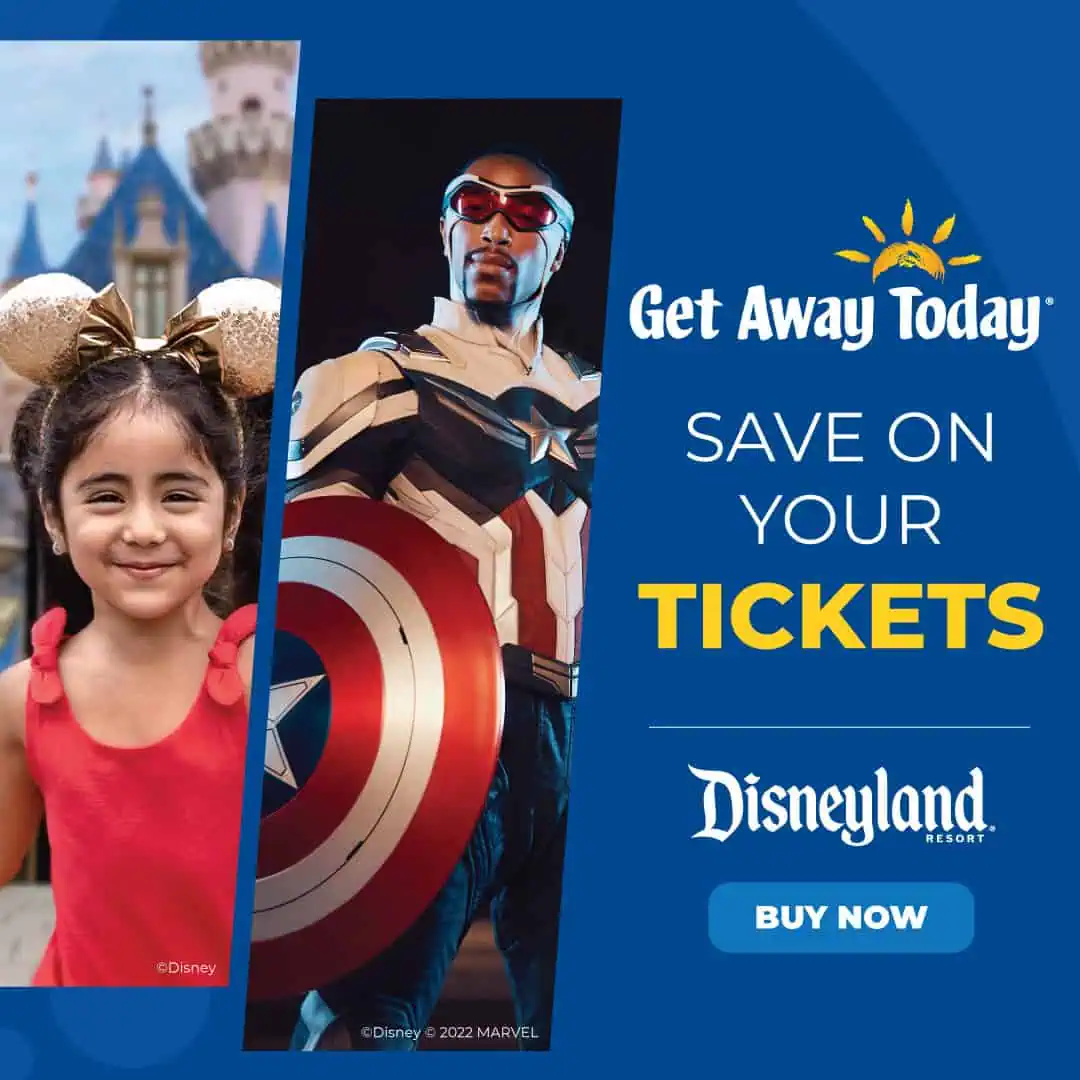This post contains affiliate links and our team will be compensated if you make a purchase after clicking on the links.
From Disney comes two-time Oscar® winner Brad Bird’s riveting, mystery adventure “Tomorrowland,” starring Academy Award® winner George Clooney. Bound by a shared destiny, former boy-genius Frank (Clooney), jaded by disillusionment, and Casey (Britt Robertson), a bright, optimistic teen bursting with scientific curiosity, embark on a danger-filled mission to unearth the secrets of an enigmatic place somewhere in time and space known only as “Tomorrowland.” What they must do there changes the world—and them— forever.
“Tomorrowland” promises to take audiences on a thrill ride of nonstop adventures through new dimensions that have only been dreamed of.
In the movie, the premise that the futuristic city of Tomorrowland could actually exist pays homage to Walt Disney’s vision for both Disneyland’s Tomorrowland and Disney World’s Epcot, where ever-evolving technologies are showcased along with ideas to make the world a better place for all. But many believe—although it is generally thought to be myth—that Walt Disney was part of a secret band of thinkers and optimists and that Tomorrowland might actually exist in another dimension as a direct result of the forward-thinking, futuristic ideas that the group developed.

At a recent Press conference, we had the chance to hear from the Cast and Filmmakers and to learn more about “Tomorrowland” and what this movie was all about.
Q: Our understanding is that this film really originates from a series of discussions you had with the people at Disney. We are curious as to what those discussions were, and how this film came about. This was asked to Damon and Jeff who helped write the film.
A: Damon Lindelof replied, I was having a meeting, a lunch, with Sean Bailey, who is the president of production at Disney. We were talking about the Marvel movies, of which we’re both fans. He said they had a number of fantasy princess movies in the pipeline at Disney, but just sort of wondered what else a Disney movie should be. I said to him, “I don’t know what it’s about, but I would see a movie called Tomorrowland.” And that was the beginning of this whole adventure.
Lindelof began to develop the story by researching the history of Disney and its originator, which led to research on the company’s involvement in the 1964 World’s Fair. “Walt Disney was a futurist in that real mid-century modernist sense,” says Lindelof. “He was very optimistic. He believed that technology held the key to building a better world. He also believed in technology as a means of creating great entertainment. For the 1964 World’s Fair, the Walt Disney Company created three rides, the It’s a Small World ride being the one we remember most.
Q: Jeff, did it blow your mind when Damon called and said he wanted you to join this project?
A: Yeah. It was definitely a little crazy and humbling too. I mean, it was a lot of fun to work with someone whose storytelling you really admire, and to get in a room with them. And the idea that he pitched to me was just really engaging.
The success of the World’s Fair allowed Disney to raise funds for his next great project, the Experimental Prototype Community of Tomorrow, or Epcot. Disney’s vision was for a model city that would be an ongoing experiment in urban development and organization; it was to be a real Tomorrowland where technology wed urban planning to create an optimal living environment.
We had a chance to hear from George Clooney about this movie. And George, at the heart of this movie is a really big idea, which I think is powerful. You’ve made a lot of bold films in your career, particularly the more political ones. But I think this one is right up there, as far as being quite bold. Do you see it that way?
A: First and foremost, I think it is a really bold thing for Disney to be willing to do a film that isn’t a sequel and isn’t a comic book. The fun part of it, to me, was when you read the screenplay, although I have to say, just so we’re clear, when Damon and Brad showed up at my house, they said, “We’ve got a part that we’ve written for you.” And then I opened up the description of the character and it’s a 55-year-old has-been, and I’m kind of going, “Hang on a minute, which part am I reading for?”
Filmmakers Brad Bird and Damon Lindelof had only one man in mind to play the disillusioned inventor Frank Walker: George Clooney. “From very early on we described Frank as George Clooney-esque,” recalls Lindelof, “and whenever we would talk about actors for Frank, the thinking was: Who’s like Clooney? We crossed our fingers and did our best job of writing it, infusing Frank with a curmudgeonly humor and a heroic quality, all of which we think George embodies. And then we sent it off into the universe.”
The producers knew there would not be a shortage of actors wanting to work with Clooney and Laurie, but the part of Casey would still be difficult to cast because whoever took on Casey’s role would need to do a great deal of the heavy lifting. She would need a tremendous amount of confidence and bravery and stamina. Many young actors vied for the role but in the end it went to Britt Robertson.
The filmmakers also struck gold with young Raffey Cassidy, who plays Athena. “Raffey is proof that people can make a difference,” says executive producer John Walker. “Cynicism and sarcasm are fashionable; honesty, optimism and love are a little out of fashion. So it was nice to see this young girl supplying such positivity. When you watch Raffey’s audition tape, at the end of every take she would give a little thumbs-up. She’s just a spark plug of a kid. She is the embodiment of the film.”
Q: Can you talk a bit, from each of your perspectives, about how NASA played a role in the production, and how that symbolizes the hope of optimism, and how right now, things aren’t as optimistic as necessary?
A: Yeah. For me, I think NASA also sort of represents a very specific hope, you know, and it sort of ties in with the movie in a sort of symbolic way, you know? NASA represents this unknown, and the human race’s being able to explore the universe and other things that are out there. And I think that’s sort of in line with the movie, in terms of theme. We’re talking about a movie that’s saying, “We don’t know what our future is. It’s not determined for us, and maybe if we go out there and explore the world, maybe if NASA wants to go and see what else is out there, then maybe that will have some helpful part in making our future something to be excited about.”
“Walt Disney was constantly innovating,” says Bird in admiration. “He was never afraid to be the first to do something. He was among the very first in animation to introduce sound and color. ‘Fantasia’ had stereophonic sound 15 years before anyone else did. When he started working on Disneyland everyone thought he was insane. Disney was forever jumping out of planes and then improvising a parachute on the way down. He was excited about things like space travel; all you have to do is look at those specials he did with Ward Kimball in the late ’50s to see that Walt was really excited about the idea of progress. He had a massive curiosity and Tomorrowland, the World’s Fair, Epcot, they all represent that.”

Bird adds, “One of Disney’s quotes was, ‘I don’t make movies to make money; I make money to make movies.’ Was he a perfect guy? No. But when you look at how much he accomplished in his lifetime, it’s just staggering. So I view him as an innovator. He had a very proactive and positive view of the future. I like to think that this film is something that he would enjoy.”
“Tomorrowland” is now paying in theaters.














